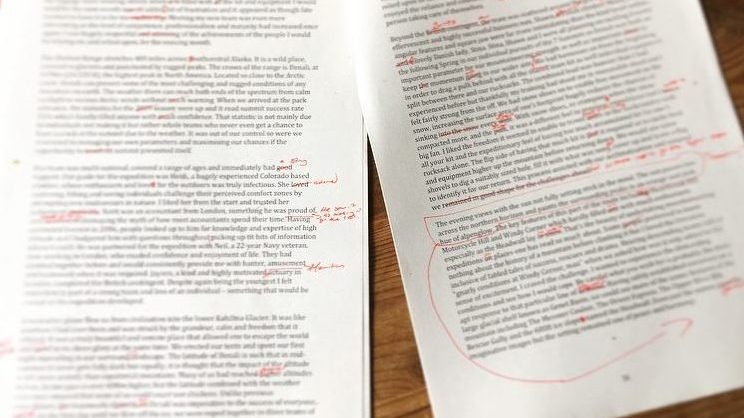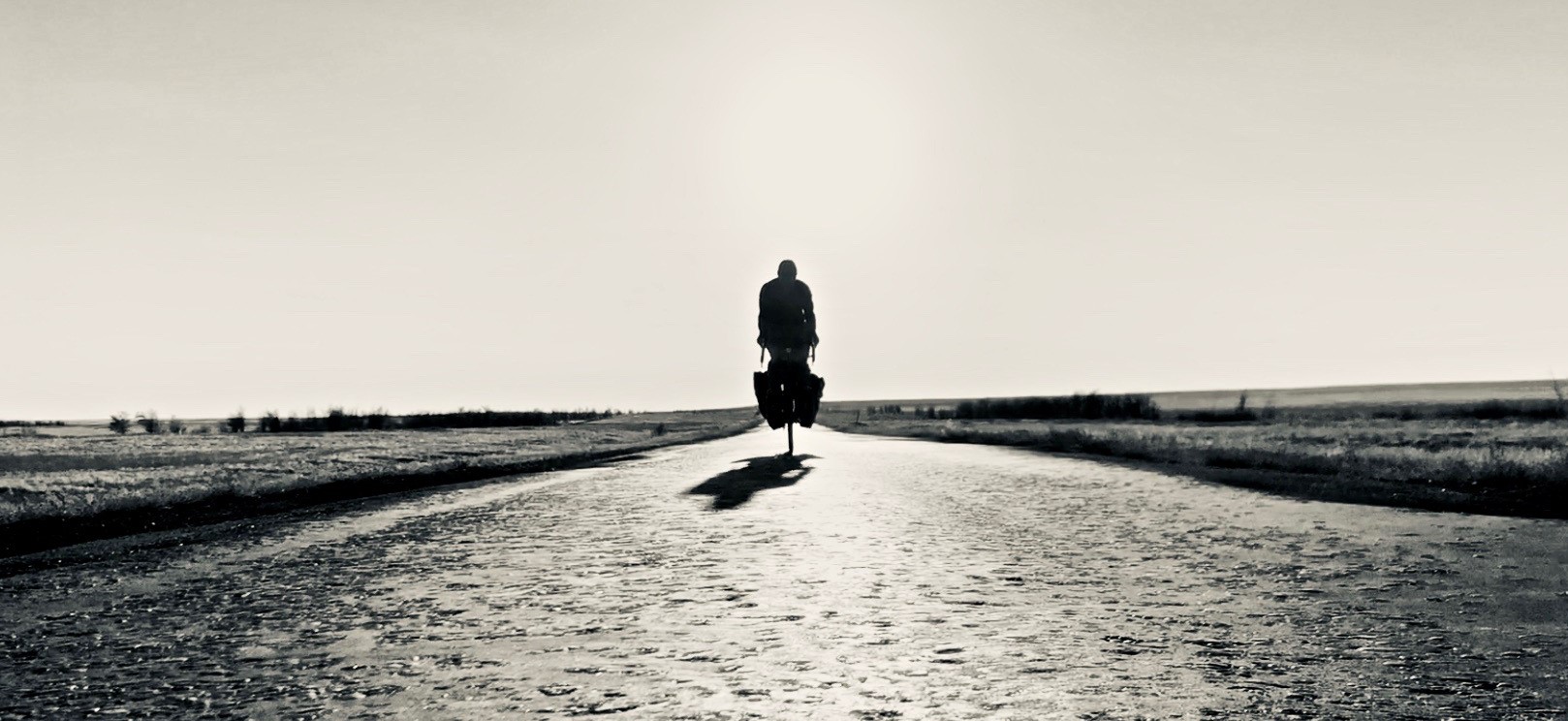In October, my second book, A Rolling Stone: Taking the Road Less Travelled, was released.

How to edit a book
Tiffany Madison
“While writing is like a joyful release, editing is a prison where the bars are my former intentions and the abusive warden my own neuroticism.”
Click File, click Print and…wait. You can hear the printer groan in disgust as 150 pages prepare to be churned out. Begrudgingly, the printer accepts this task and page by page your first draft, previously just electronic letters on your laptop, has come to fruition.
I remember picking up that printed first draft and felt the weight of it – the weight of 90,000 words in my hands. 90,000 cluttered, unstructured, grammatically flawed words that I had churned out. I felt proud of that. I will keep hold of the draft because it was the beginning of a journey. It was the start of a writing journey where I would learn (this aspect will never end), I would have to take criticism (this aspect will never end) and I would have to make edits…so many edits!! This aspect definitely never ends.
See my post on self-publishing vs traditional publishing for why I decided to self-publish In Search of Sisu. The editing process was an aspect I did not really consider but it has been so informative and exciting. It has allowed me to develop as a writer and formulate exactly the narrative I wanted to create for the book.
I wanted to write this post because I came across a few other people’s thoughts on the subject which really helped me. As such, thought I would share what I did as a result.
1. FINISH THE FIRST DRAFT AND TAKE A BREAK
I wrote my first draft so intensively – 2 weeks, not much sleep, not much of a social life and a lot of coffee – that when I got to the end I needed a break. I was recommended to shelve it for a few weeks but I couldn’t stop thinking about the book so only managed a few days. I focused on my job, went running, roller skiing and caught up on sleep.
It was a mental break as much as a physical one. My mind needed to downshift a few gears and my emotions needed to adjust.
What that allowed me to do was to get out of the zone before the next phase could begin.
2. THE RED PEN PROCESS
The hands over face monkey emoji …that’s what this felt like.
This could have a number of sub-clauses in it and, in fact, act as a thread throughout this whole process. Regardless, with a red pen in hand, I could look afresh at my work and despair.
There was a litany of errors. The typos, the superfluous words, the inane details, the number of chapters, the chapter names, the number of characters, the unrelatable in-jokes etc. I knew it was coming but slowly by slowly, or pole pole, as the Kilimanjaro guides tell overexcited westerners, I ploughed away.
It became an efficient little routine actually. See errors, red pen them, amend on Word, click print. See errors, red pen them, amend on Word, click print. And then the scary step…
3. TRUSTED READERS
I wanted to show the draft to people I trusted both intellectually and personally. People who wouldn’t judge my weaknesses, both in writing but also in exposing my character. I needed honest and constructive feedback that would teach me how to improve what I had written, but also who I could trust with the content enough to not share it widely and evaluate what was required.
You know who you are and thank you. All of you provided some key input. You gave me the confidence to keep working and the belief that it was not total drivel.
They all spotted glaring mistakes and, amusingly for them, missed some quite hilarious ones. The fact that all five of us missed a typo on the Chapter 1 heading was impressive but showed an eagerness to get stuck into the main body of the text.
4. COPY-EDITING
From starting to write the book to this point was about three months. Given my first draft took two weeks, it goes to show that although getting your thoughts down on paper is a tough first step, if you decide to self-publish, get ready to settle in and put in some hours.
“Copy-editing is the process of reviewing and correcting written material to improve accuracy, readability, and fitness for its purpose, and to ensure that it is free of error, omission, inconsistency, and repetition.”
I used the awesome website Reedsy to find a copy-editor and found an absolute gem with Jennifer Barclay. Writers (maybe it just me but I reckon it’s extremely common) often struggle with criticism. We’ve poured our hearts, and many hours into the carefully curated words, so to receive negativity can be hard.
I needed a professional to look at In Search of Sisu. I needed someone totally removed who could objectively analyse what I wrote, away from the emotional attachment in Phase 3. Jen was the perfect person and I would not hesitate to recommend her to anyone or use her again. Once again, I got the positive reassurance I needed combining with the constructive amendments that were necessary.
It certainly meant more work from my end in terms of writing. It meant getting back into that space and allowing my emotions freedom to ensure the narrative flowed correctly.
5. TWEAKING: PROOFREADING/FORMATTING
After the copy-editing was complete, I felt like I was almost there. Proofreading is the final quality check. A proofreader looks for inconsistencies in language, time and location while providing some editorial feedback as well. I still had a few embarrassing mistakes in terms of heights of mountains and dates wrong at this stage that I had not checked and nor had anyone else – we all assumed I was right when it came to the mountain knowledge. Alas, better to check than trust sometimes!
With the proofreading complete, I was ready to start the formatting phase using a great programme called Vellum. It cost to purchase but gave me so much freedom to tweak the visual aspect of the text exactly how I wanted it. What size the photos should be, what font to use, what side of the page each chapter should start with, should acknowledgements be at the beginning or end and how to signify a text break.
That’s the beauty of self-publishing in many ways. All those little things that would normally be out of your hands is suddenly very much your remit. I could determine exactly what the final product will look like.
This is quite scary and means that I am opening myself up to all sorts of criticism but in this scenario, I would rather put my head above the parapet and risk getting shot than waiting behind and never truly knowing.
A NICHE ANALOGY
What do aerodynamics, copy-editing and Strava have in common?
If you’re part of the very select and niche group that has a passion for writing and cycling, or bikes and books as I prefer it, then check out this extremely unnecessary comparison I made.



